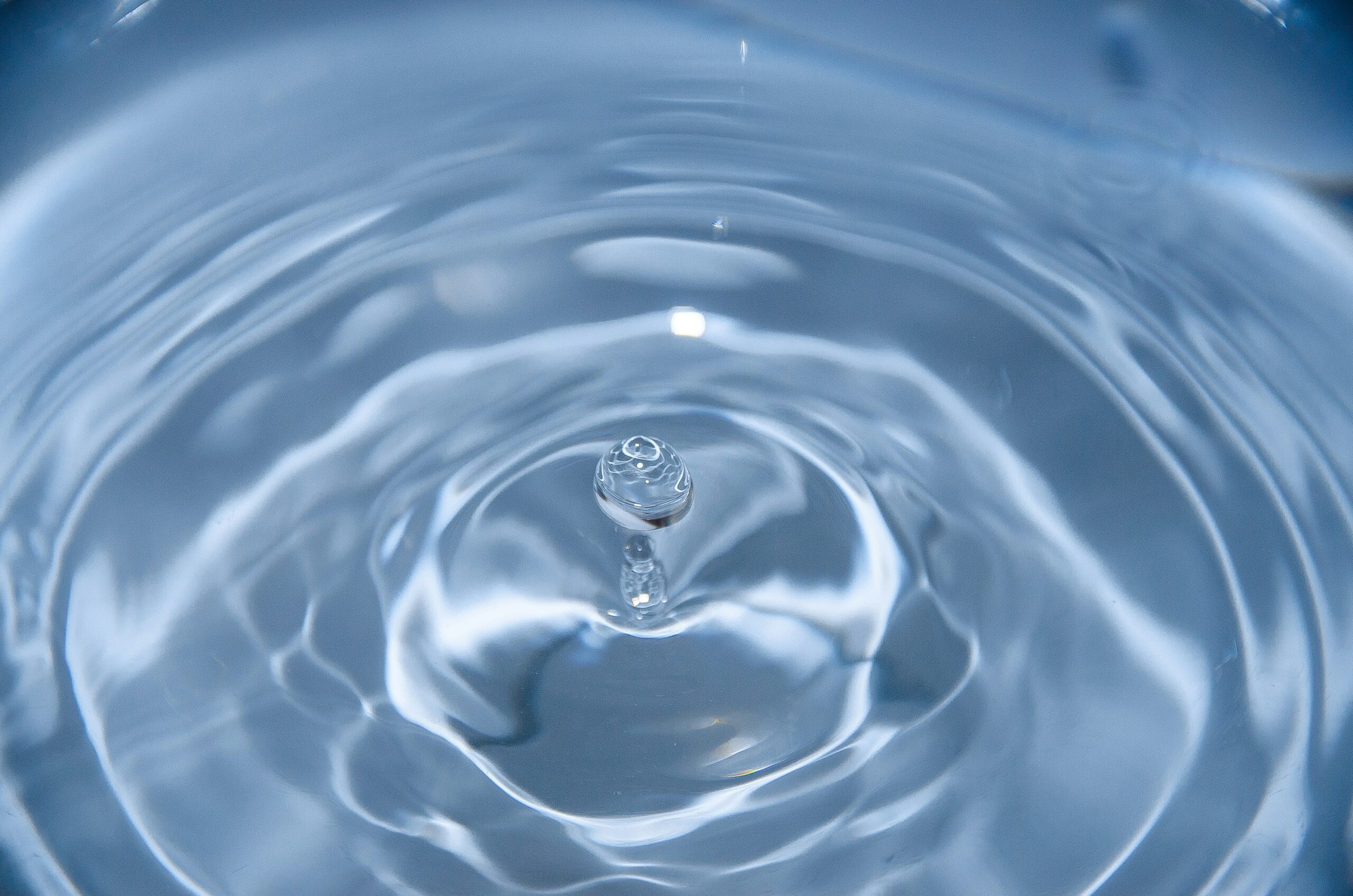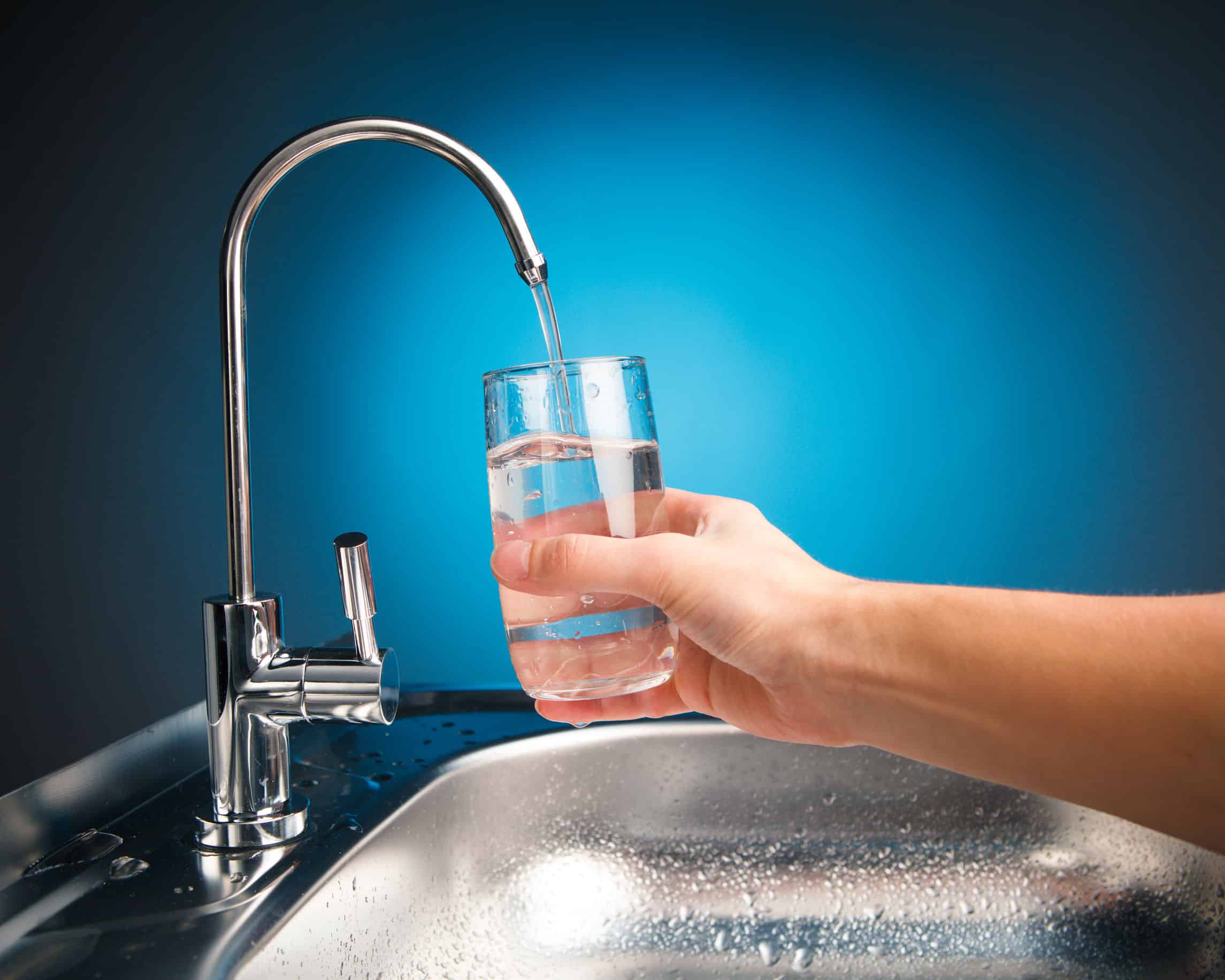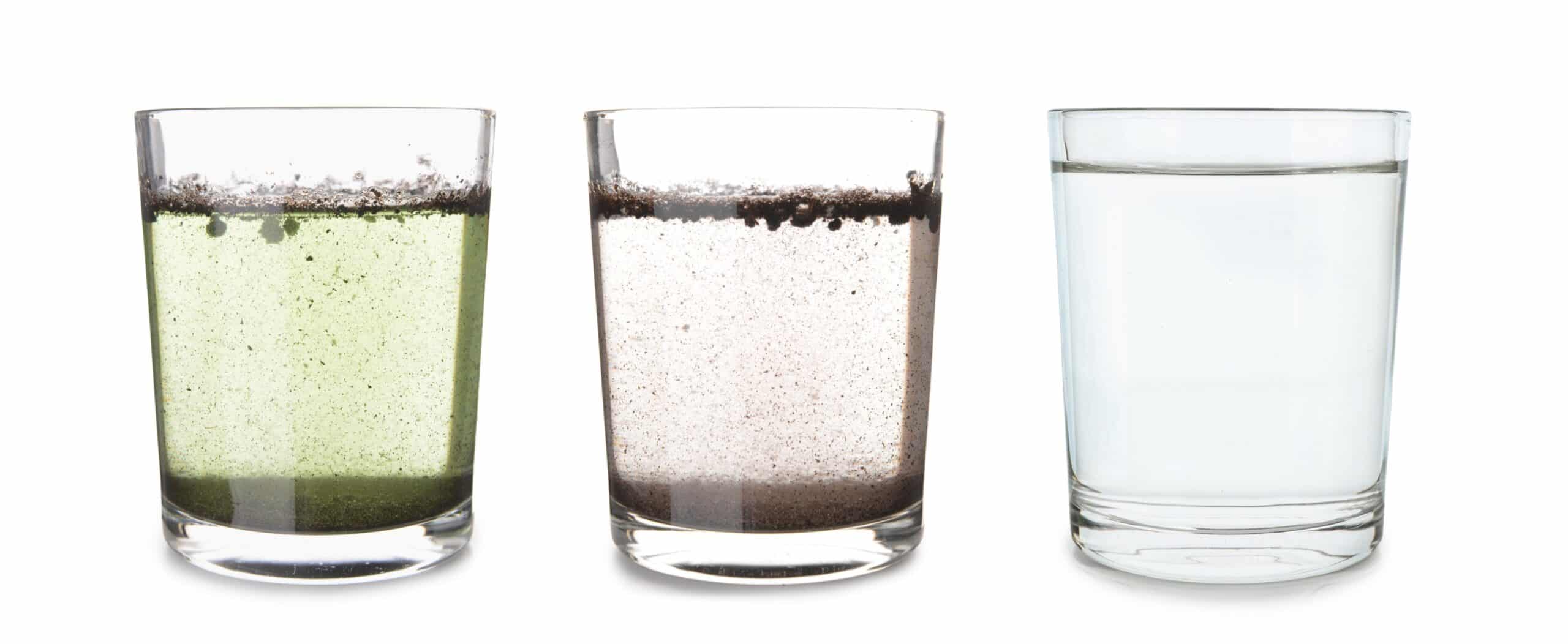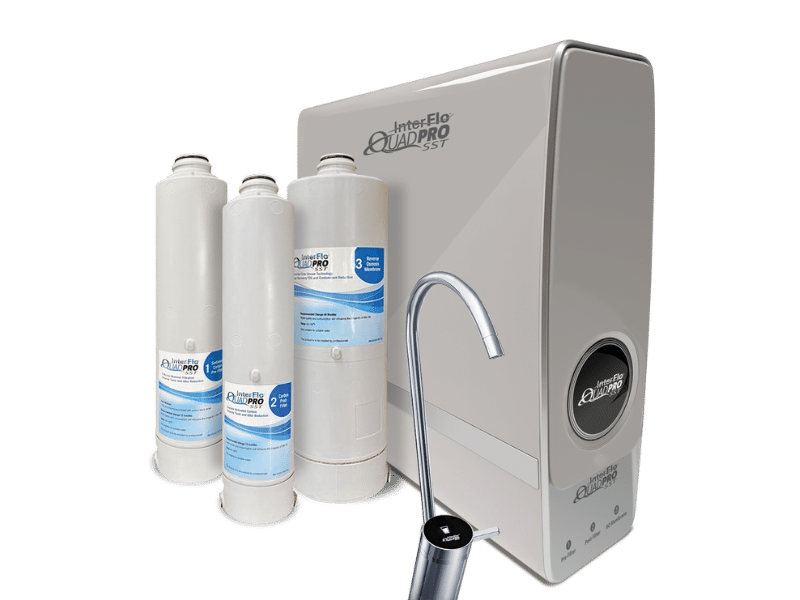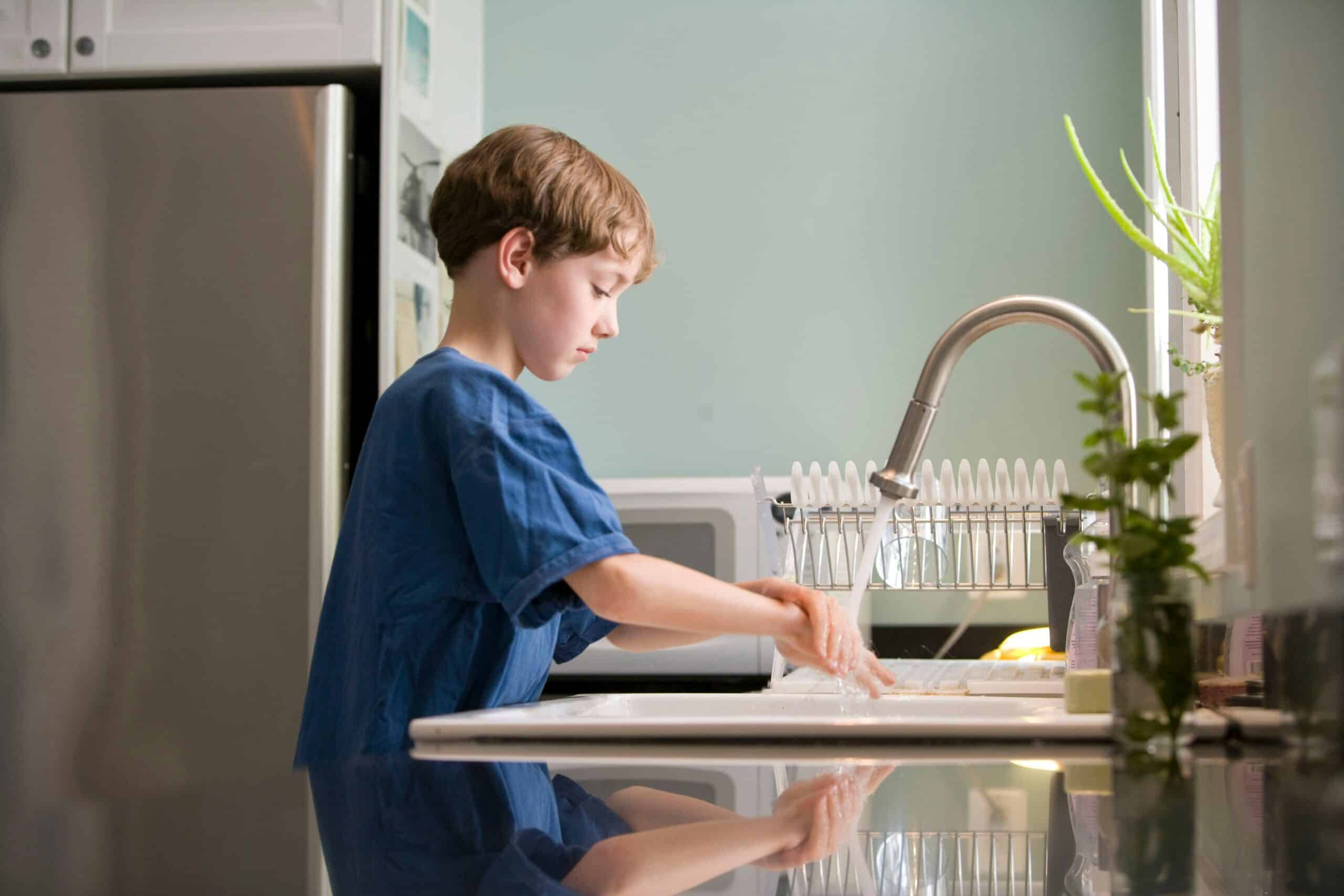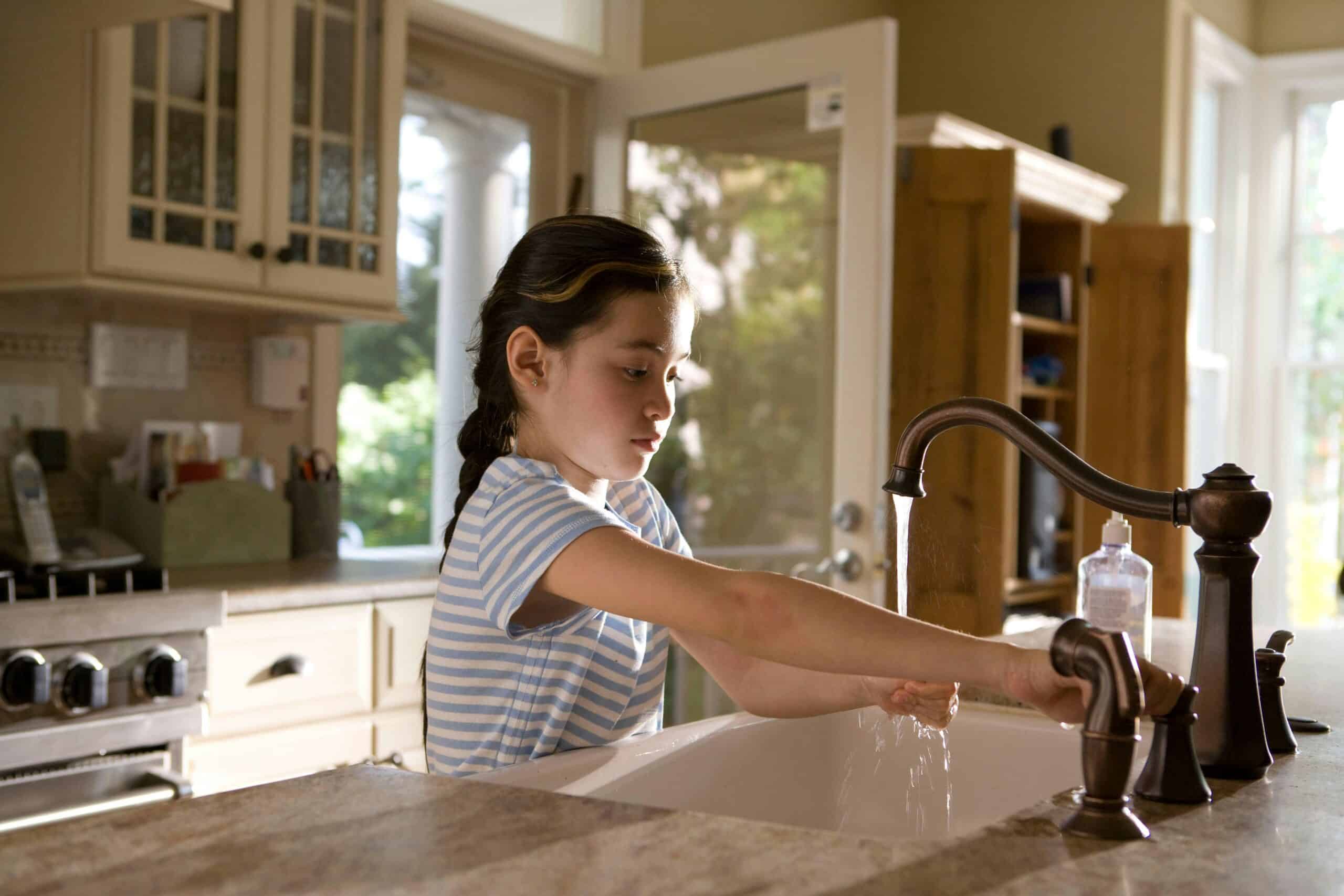Water quality challenges are something many home or business owners will confront sooner or later. In this article, we will explore how to decide between a water softener versus a salt-free water conditioner.
Every property owner wants to know what to expect when making an investment, no matter what the situation, whether or not he or she is making the best decision for their specific scenario and requirements.
When researching for a water softener system, things become a little murky. Salt-free water conditioners are applauded by one side and degraded on another. Salt based water softeners are praised for their quality of function by one company and run in the dirt by other companies claiming that they are hard on the environment.
What those homeowners researching these systems really need is an unbiased opinion by a water specialist who has experience with both water conditioners and water softeners, and knowledge on how they function.
At Aquanology, we sell and service both water softeners and salt-free water conditioners. This article is an effort to eradicate the muddy water and bring clear explanations to the table on how each system functions and what you can expect from them.
History:
Salt-based water softeners have been around for years and have provided soft water to millions of homeowners struggling with the negative effects of hard water. These systems function on the basic process called ion exchange, where hardness minerals like calcium and magnesium are exchanged for sodium or potassium.
This is the reason that salt is required- the sodium from the salt is needed for the ion exchange process to work properly, to replace the hardness minerals. (If using potassium chloride, potassium is used for ion exchange instead of sodium.) Advances and innovations have been made and continue to be made which decrease the amount of salt and water these water softeners consume. However, as long as softeners work on the ion exchange principle, salt or some similar material will likely be needed.
More recently, in the past 10-15 years, “salt-free water softeners” came on the market, and what a big splash they made. They had high appeal to homeowners, and why not? If you can purchase a lower cost system that accomplishes the same thing with no salt to consume, who wouldn’t?
That’s when industry standards stepped in with a, “Wait a minute here!” Since “salt-free water softeners” do not actually reduce water hardness minerals, and water after such a system still tests hard, how can they be called “water softeners.” Standards were adopted that required companies selling such systems to market them as salt-free water conditioners or something related such as descaling systems

How do salt-free water conditioners work?
Common salt-free water conditioners pass the water through a fine sand-like media in a tank or filter system. Here is where all the work takes place: the water quality is changed so that it does not as quickly cause the hard crusty calcite build-up.
How this actually works is rather controversial. The “word-on-the-street” explanation (typically the claim that salt-free water conditioning companies go by) is that the minerals are changed into “insoluble nano-crystals” that pass through the plumbing, fixtures, and appliances, and go harmlessly down the drain.
However, some top water specialists strongly disagree with the above explanation. Alternatively, they explain that as the water passes through the salt-free water conditioner system, the conditioning media adds a minute amount of a compound into the water, which works as an antiscalant. This changes the way the hardness minerals scale: instead of producing the hard, destructive calcite scale, it forms a softer aragonite scale.
Because this aragonite scale is softer, the velocities of water flow keep it from building up on pipes, faucets, and showerheads by constantly flushing it out. Also, the compounds added to the water should also help to reduce existing calcite build-up to some degree by the same flushing principle.
To be clear, it is difficult to prove that salt-free conditioners work on the principle of adding anti-scaling compounds into the water, since these compounds are in such tiny amounts that it would be very hard to find with a water test. However, it does make sense from another perspective- that salt-free conditioners are recommended to have their media replaced every 3-5 years. This would be after the media no longer has sufficient compounds to initiate the descaling properties.
Regardless of under what chemical mechanism the salt-free conditioners function, it’s obvious that they do work at reducing scale. However, they do have limitations as to which water quality scenarios they are most compatible with, and which scenarios will produce the desired results.
Pros and Cons between water softeners and water conditioners
| Salt-based water softener | Salt-free Water Conditioner |
| Higher up-front cost | Lower upfront cost |
| Regular maintenance- add salt as needed | No regular maintenance |
| Regenerates using water and salt at set times usually based on total water usage | Basically no water wasted |
| More complicated, mechanical/electronic valve with moving parts | Basic operation with no moving parts, water flows in through media and out again |
| Requires more space | Requires less space |
| Ion-exchange media should last 15 – 25 years, depending on model and water conditions. | Water conditioning media should be changed every 3 to 5 years, based on manufacturer’s recommendations. |
| Since media has long lifespan, maintenance costs including salt may actually be less than replacing media in salt-free conditioner. | Media replacement can cost $300 – $800 for a rebuild every 3 to 5 years, depending on size and whether maintenance is professional or DIY |
| Salt introduces sodium to the water, which may impact those on a sodium restricted diet. (Potassium chloride can be used instead.) | No sodium is added. |
Additionally, here are a few more points concerning the system effectiveness and the water quality produced
Salt-based Water Softener | Salt-free Water Conditioner |
Reduces hardness mineral content in the water, thereby reducing scale | Changes the way the hardness scales, so it reduces build up on pipes and fixtures |
Water feels soft, and soaps/detergents lather and work more effectively because minerals are reduced | Because hardness minerals are still present, will still require more soap compared to soft water |
Reduces or eliminates hard water stains and water spots when water dries | Water spots will still be present after water dries but should be somewhat easier to clean |
Effectively reduces scale build-up in water heaters by reducing hardness minerals | Reduces scale build-up in water heaters, but not as effectively, especially in higher temperatures |
Salt-based softener is compatible for a wide range of water hardness ranges and other parameters | Water conditioner is not as effective under high water hardness, pH, and total alkalinity levels. |
Also reduces stain-causing metals like iron and manganese from water | Cannot effectively reduce harmful effects of water with significant iron and manganese levels. |
To sum it up, a water softener does a more complete job of providing the water quality desired, compared to a salt-free system. In most cases, a salt-free conditioner is better than nothing, but it could be considered as doing a “half-job” when compared to a water softener which actually reduces the water hardness mineral content in the water.
On the other hand, salt-free conditioners have the advantage of being used in areas where salt-based water softeners are not an option. For example, a lakeside cottage with a limited septic system may not be capable of handling the extra water discharge from a water softener. In this case, a salt-free conditioner may be the best option. Also, some urban areas of California have banned salt-based water softeners where water supplies are not abundant, and desalination of wastewater is an issue.
One thing that makes salt-free water conditioners especially challenging for local conditions in Upstate New York’s water is the levels of total alkalinity that tend to be elevated. This may not be the case with all water supplies, but it is definitely worth checking before investing because it is a known local issue.
In conclusion, here at Aquanology, we endeavor to bring good information paired with affordable solutions. Since we offer both standard water softeners and salt-free water conditioners, we hope to provide you with unbiased information that will help you make a good decision.
If you are interested in having us do the technical stuff, contact us to ask about a free water test and consultation, where we can get some real numbers and help you decide.
If you’re the technical kind of person, read on to the list of water quality prerequisites we follow to determine how well a salt free system should serve your needs.
Here are a few technical water quality parameters to follow for salt-free water conditioners. (Disclaimer: while this may be used as a guide, this is not intended to be an authoritative document effective for all circumstances. Water softeners and salt-free conditioners may have some variation in function and performance because of design and material differences.)
- Salt-free water conditioners likely will be ineffective with any of these water conditions:
- Water is heated above 160 degrees Fahrenheit.
- Water is 8.3 pH or greater.
- Water has iron levels above 0.3 ppm.
- Water has manganese levels above 0.05 ppm.
- Water has total alkalinity levels above 250 ppm as calcium carbonate.
- Water has total hardness levels above 29 grains per gallon.
- Salt-free water conditioners may be only partially effective under some of these water conditions:
- Water is heated above 140 degrees Fahrenheit.
- Water has total alkalinity levels above 200 ppm as calcium carbonate.
- As a rule, the water temperature, water hardness, and total alkalinity should not all be elevated. Follow these rules:
- For water to be heated up to 140 degrees Fahrenheit-
- If total alkalinity = 150-200 ppm as calcium carbonate, Keep hardness below 15 grains per gallon.
- If total alkalinity = 100-150 ppm as calcium carbonate, Keep hardness below 20 grains per gallon.
- If total alkalinity = less than 100 ppm as calcium carbonate, Keep hardness below 29 grains per gallon.
- For water to be heated up to 120 degrees Fahrenheit-
- If total alkalinity = 200-250 ppm as calcium carbonate, Keep hardness below 15 grains per gallon. (If total alkalinity is over 200 ppm, system may only be partially effective.)
- If total alkalinity = 150-200 ppm as calcium carbonate, Keep hardness below 20 grains per gallon.
- If total alkalinity = 100-150 ppm as calcium carbonate, Keep hardness below 25 grains per gallon.
- If total alkalinity = less than 100 ppm as calcium carbonate, Keep hardness below 29 grains per gallon.
- For water to be heated up to 140 degrees Fahrenheit-
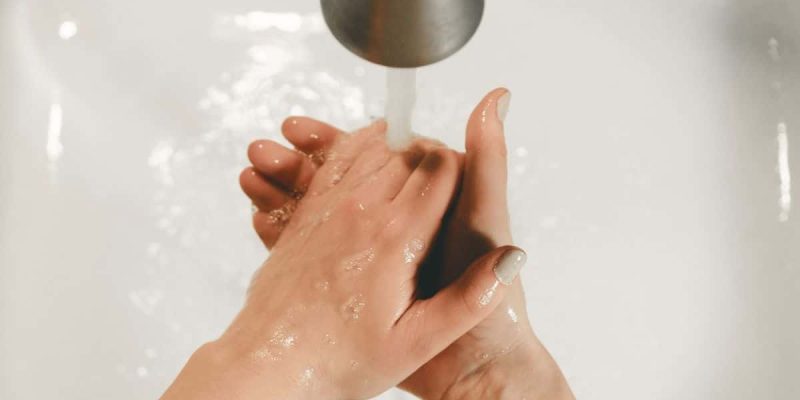
Still undecided? Let us know what your questions are, and we’ll be happy to assist.
Contact us today to learn more about our water softeners and how we can help you achieve the highest quality water for your home. Our friendly and knowledgeable team is here to assist you with personalized recommendations and expert advice.


